How to Migrate Legacy Systems with Nearshore Software Development
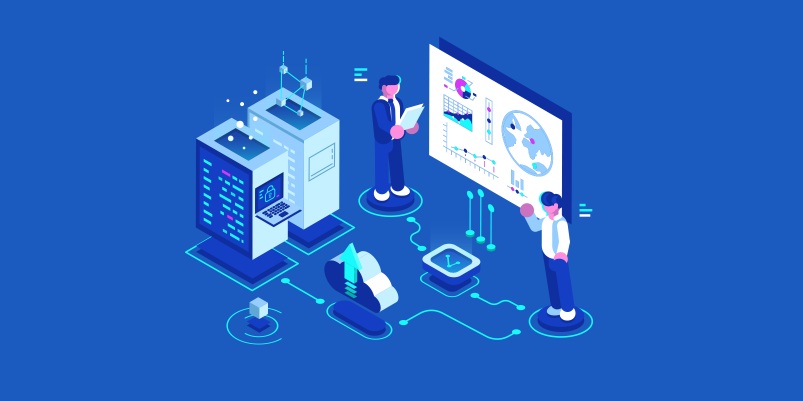
1. Introduction: Facing the Legacy Modernization Imperative
Legacy systems are at the core of most enterprise operations.
They run billing, logistics, customer management, and more. Yet many of these systems are decades old, built on outdated technologies, frameworks, or architectures that no longer align with business agility or modern user expectations.
The urgency to modernize is not just about performance.
Legacy systems limit innovation, increase operational costs, and pose growing security risks. Regulatory compliance becomes harder, integrations get more fragile, and experienced developers for these platforms become increasingly scarce.
Despite the clear need, most modernization initiatives fail.
According to industry reports, over 70% of legacy software projects run over budget, fall behind schedule, or don’t meet business objectives.
The root cause often lies in choosing the wrong approach, technology stack, or team structure.
This is where Nearshore Software Development offers a strategic advantage.
Partnering with a skilled nearshore team allows enterprises to scale modernization initiatives rapidly, without the delays or overhead of hiring and onboarding internal talent.
With time zone alignment and shared cultural context, nearshore teams enable faster iteration and better collaboration.
For organizations lacking the internal bandwidth or modern .NET expertise, Nearshore Staff Augmentation bridges the talent gap. Senior engineers, solution architects, and QA specialists can integrate seamlessly into existing workflows, accelerating modernization without disrupting operations.
At the heart of effective modernization lies the right technology stack. .NET remains one of the most powerful and flexible platforms for rebuilding or re-architecting legacy systems.
Combined with Agile delivery and the flexibility of Nearshore Custom Software Development, enterprises can finally turn outdated systems into scalable, secure, and future-proof platforms.
Modernization is not optional; it’s a competitive imperative.
The question is no longer if, but how. And done right, it unlocks real business transformation.
2. Why Most Modernization Efforts Collapse
Modernizing legacy systems may sound straightforward: replace old code, improve the architecture, move to the cloud, but most enterprises quickly discover it’s anything but simple.
In fact, most legacy modernization projects either fail outright or fall significantly short of their business objectives. Here’s why:
2.1. Lack of Strategic Alignment Between IT and Business
Modernization initiatives often start with a technical vision but lack alignment with broader business goals. Teams may prioritize replacing frameworks or platforms without a clear view of how the changes will enable better service delivery, innovation, or ROI.
Result: IT builds something new, but not something useful.
2.2. Underestimating Technical Debt
Legacy systems often come with decades of accumulated decisions: outdated dependencies, patched architectures, and hardcoded business logic no one fully understands.
Organizations underestimate how deeply embedded this complexity is.
A common example: migrating a VB6 application to .NET without accounting for embedded third-party controls, undocumented data transformations, or tight coupling to an old Oracle schema.
Result: Teams spend months unraveling logic instead of delivering value.
2.3. Waterfall Thinking in an Agile World
Many enterprises still treat modernization like a “big bang” project: rewrite everything, test at the end, and go live in one massive switch. But legacy systems are tightly integrated into day-to-day business operations, there’s no safe “pause and replace.”
Without iterative delivery, early validation, and constant feedback, teams often find themselves delivering features that are obsolete or flawed by the time they launch.
Result: Delays, rework, and user rejection.
2.4. Relying Solely on Internal Teams
Internal IT teams are often too close to the system, they built it, maintained it, and may have blind spots to its flaws. Moreover, many lack up-to-date skills in modern architectures like .NET 8, cloud-native services, or container orchestration.
Even worse, existing team members are usually overextended maintaining the current system, leaving little room for innovation.
This is a great opportunity for Nearshore Software Development team to come into account, with a fresh mindset and free of previous knowledge bias.
Result: Burnout, skill gaps, and stalled progress.
2.5. Fear of Change and Organizational Resistance
Modernization can disrupt workflows, retrain users, and introduce temporary instability. Stakeholders may resist change, especially if they weren’t part of the planning process.
Without change management, communication, and a phased rollout strategy, users can actively push back on new systems.
Result: Adoption fails—even if the tech succeeds.
2.6. Lack of Clear Governance and Architecture Discipline
Teams often jump into modernization without defining target architectures, service boundaries, or governance processes. This leads to inconsistent microservices, duplicate APIs, and chaotic data flows.
Modernization without structure simply creates a modern mess.
2.7. Ignoring the “Hidden Systems”
Enterprises frequently forget the interconnected systems: CRMs, ERPs, payment gateways, or regulatory APIs that tie into the legacy app. Migrating the core app without rethinking these integrations causes breakage or expensive delays.
Takeaway:
Most modernization failures stem not from the technology, but from how the process is managed. Without a clear strategy, the right talent, and an agile execution model, companies risk trading one legacy system for another.
In the next section, we’ll explore why .NET is the ideal tech stack to power a smart, future-proof modernization effort.
3. .NET: The Ideal Platform for Legacy Modernization
.NET has emerged as the most reliable and scalable platform for modernizing legacy enterprise applications. Its flexibility, cross-platform capabilities, and strong integration with cloud services make it an ideal choice for organizations seeking long-term, future-proof solutions.
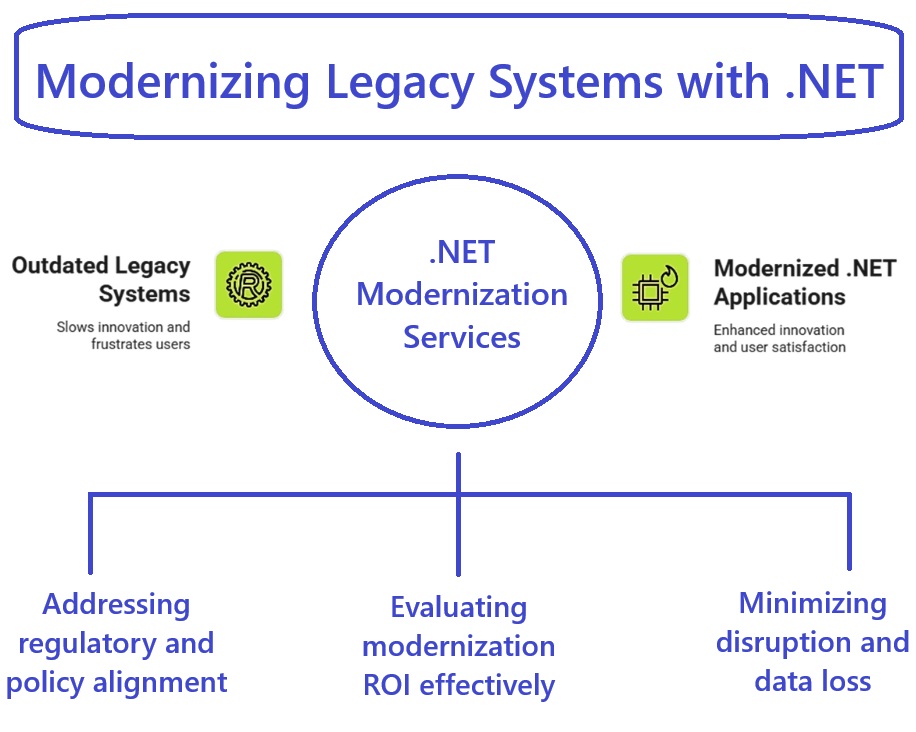
3.1. Seamless Compatibility with Legacy Code
One of .NET’s biggest strengths is its backward compatibility.
Enterprises with applications built in older versions of the .NET Framework can migrate incrementally to .NET 8 or .NET Core, reducing risk and avoiding disruptive overhauls.
This makes it particularly effective in Nearshore Custom Software Development, where agile migration plans must align with ongoing business operations.
3.2. Cloud-Native by Design
Modern .NET supports full cloud-native architecture through containers, serverless computing, and microservices.
With built-in support for Azure, AWS, and GCP, .NET enables high availability and elastic scaling.
This cloud readiness pairs exceptionally well with Nearshore Software Development teams that specialize in infrastructure-as-code, DevOps automation, and rapid deployment cycles.
3.3. Performance and Cost Efficiency
.NET 8 delivers significant performance improvements over previous versions. It enables faster runtimes, lower memory usage, and better resource allocation.
Enterprises migrating from monolithic legacy systems often experience 2x–5x performance gains post-migration.
This performance uplift is a core advantage when working with Nearshore Staff Augmentation models that prioritize fast delivery and lean infrastructure.
3.4. Security and Compliance at Scale
Enterprise systems demand robust security frameworks, and .NET delivers. From secure authentication via Azure AD to built-in encryption, .NET enables compliance with industry standards like GDPR, HIPAA, and ISO.
For regulated industries such as finance or healthcare, this makes .NET an essential choice, especially when combined with Nearshore Custom Software Development that integrates compliance from day one.
3.5. Ecosystem and Tooling
.NET is backed by a mature ecosystem, including Visual Studio, GitHub Copilot, Resharper, and Azure DevOps.
It offers extensive libraries, NuGet packages, and enterprise frameworks that reduce development time and technical risk.
Nearshore teams can quickly onboard to existing codebases using these tools, enabling effective Nearshore Software Development collaborations even on complex, long-term projects.
3.6. Developer Availability and Long-Term Viability
Microsoft’s continued investment in .NET ensures it stays relevant, well-supported, and widely adopted.
With a global talent pool and strong documentation, it’s easier to scale teams, especially through Nearshore Staff Augmentation, which gives enterprises access to experienced .NET developers across Latin America with bilingual communication and cultural alignment.
3.7. Smooth Transition to Modern Architectures
.NET supports modular design, domain-driven development, and APIs, critical for transforming monoliths into service-oriented or event-driven systems.
Using a phased approach like the strangler pattern, teams can rewrite functionality without pausing the business.
This modernization strategy aligns with the agile, sprint-based nature of Nearshore Custom Software Development.
Conclusion
.NET provides the right balance of enterprise-grade power, flexibility, and long-term support. Whether migrating legacy systems or building greenfield apps, .NET enables fast, secure, and scalable results, especially when paired with Nearshore Software Development practices that deliver both cost-efficiency and technical excellence.
4. Why Agile Methodologies Work Best for Modernization
Legacy modernization is rarely a one-time event. It’s a multi-stage process that involves untangling years—or decades—of embedded logic, integrations, and business rules. Agile methodologies provide the structure and flexibility required to manage this complexity effectively. They allow for iterative improvements, rapid validation, and continuous delivery—making them ideally suited for enterprise modernization efforts.
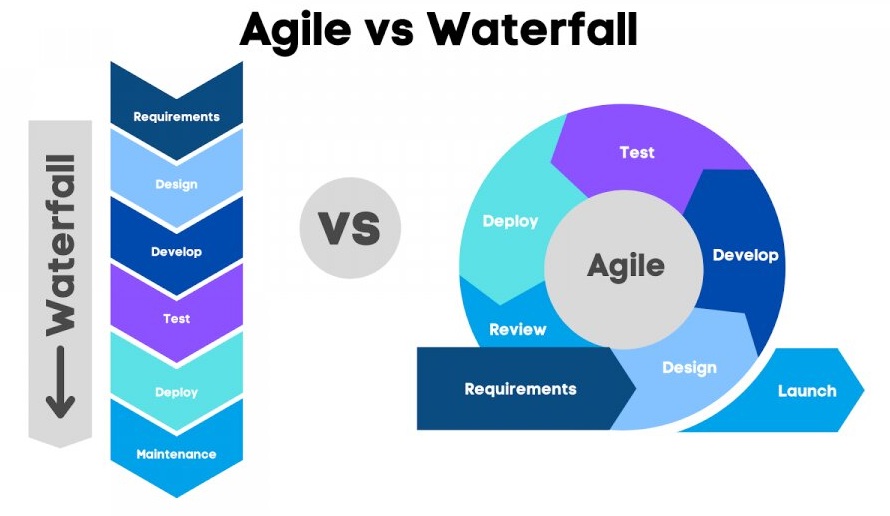
4.1. Iterative Development Reduces Risk
In traditional waterfall approaches, legacy migrations are treated as all-or-nothing transformations. These projects often collapse under their own weight, either due to shifting business requirements or the sheer complexity of recreating an entire system at once.
Agile mitigates this by breaking down modernization into smaller, manageable sprints, where each iteration delivers tangible value.
This approach aligns seamlessly with Nearshore Software Development models. By working in short, focused cycles, nearshore teams can deliver tested, production-ready modules quickly, allowing enterprises to validate progress, adjust priorities, and maintain operational continuity throughout the migration.
4.2. Continuous Feedback Improves Business Alignment
Agile frameworks like Scrum and Kanban emphasize frequent reviews, retrospectives, and stakeholder involvement. This continuous feedback loop ensures that modernization efforts stay aligned with business goals and evolving user needs, something often overlooked in legacy replacement projects.
When partnering through Nearshore Staff Augmentation, this alignment is even stronger. Nearshore teams in similar time zones can participate in daily standups, sprint reviews, and planning sessions in real-time. This proximity accelerates communication, reduces misunderstandings, and enhances the quality of collaboration, which is critical when dealing with complex enterprise systems.
4.3. Agile Enables Incremental Refactoring
One of the most effective Agile strategies in legacy modernization is the Strangler Fig pattern. Rather than replacing the entire system at once, teams build new services or components around the edges of the legacy application, gradually replacing it piece by piece. This allows the old and new systems to run in parallel, minimizing downtime and deployment risk.
This modular approach should be supported by the development team, by specializing in API-first architectures, microservices, and containerized deployments. By combining Agile delivery with modern DevOps practices, developers can deliver refactored modules at a steady pace while maintaining code quality and system integrity.
4.4. Agile Prioritizes Technical Debt Management
Legacy systems are often burdened with technical debt: hardcoded logic, deprecated frameworks, and poor documentation. Agile methodologies help teams address this debt incrementally by including refactoring, automated testing, and code review as part of the regular sprint cycle.
With a specialized Software Development partner experienced in modernization, enterprises can establish DevOps pipelines that enforce code quality, automate regression testing, and monitor performance. These practices allow technical debt to be managed continuously rather than accumulating unchecked—making modernization more sustainable over time.
4.5. Agile Facilitates Cross-Functional Collaboration
Modernization isn’t just a development challenge, it involves architecture, QA, DevOps, security, and product management.
Agile encourages cross-functional teams to collaborate closely, breaking down silos that typically slow legacy projects. Each sprint includes work from all relevant roles, ensuring features are fully tested, documented, and deployable.
When leveraging Nearshore Staff Augmentation, this cross-functional model becomes even more powerful. Companies can onboard senior engineers, solution architects, QA analysts, and Scrum Masters as needed, without the delays or overhead of traditional hiring.
The result is a dynamic, integrated team that delivers faster and with higher quality.
5. Nearshore Software Development as a Strategic Advantage
When it comes to legacy system modernization, the complexity is not just technical, it’s operational. Large-scale migrations require speed, flexibility, and high-caliber engineering talent that can be scaled on demand. That’s where Nearshore Software Development proves to be a game-changer.
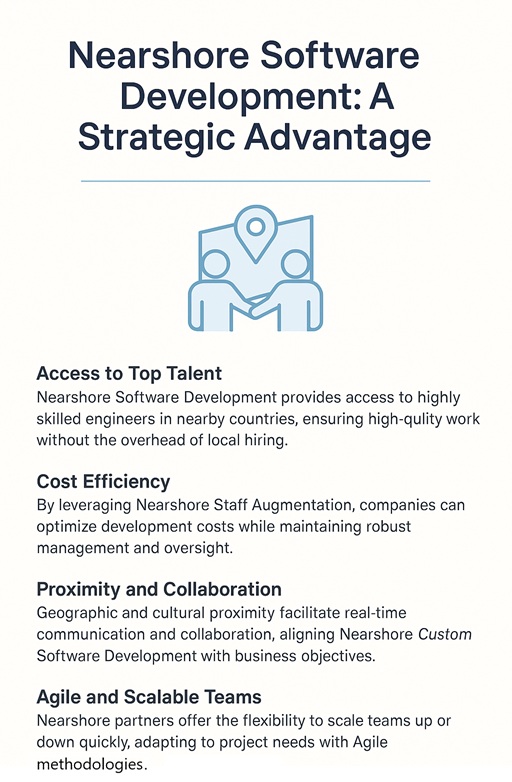
5.1. Real-Time Collaboration and Cultural Alignment
Unlike offshore models, nearshore teams operate in the same or adjacent time zones, allowing for real-time meetings, agile sprint reviews, and rapid feedback loops. This synchronous collaboration model is especially valuable in Agile-based modernization projects where daily standups, immediate issue resolution, and stakeholder input are critical to progress.
Moreover, cultural compatibility and bilingual fluency make communication smoother, reducing the risk of misunderstandings and delays often associated with offshore engagements.
5.2. Access to Senior Engineering Talent—Faster
Legacy modernization demands highly skilled engineers who can work within outdated codebases while simultaneously designing modern architecture. These profiles are hard to find and expensive to retain in-house.
With Nearshore Staff Augmentation, companies can access vetted, senior .NET developers, solution architects, QA specialists, and DevOps engineers, without the overhead of recruitment, onboarding, and HR management.
This allows internal teams to stay focused on business-as-usual operations while the modernization initiative is led by a trusted, experienced nearshore partner.
5.3. Cost Efficiency Without Compromising Quality
One of the biggest advantages of Nearshore development is the ability to reduce cost without sacrificing expertise or speed. Development rates in Costa Rica and other nearshore regions are often 30–50% lower than in the U.S. or Canada, but without the time zone or communication barriers of offshore models.
This creates a cost-effective structure that supports long-term modernization roadmaps, especially those requiring incremental refactoring, phased rollouts, and ongoing maintenance after go-live.
5.4. Agile-Ready Teams That Scale with You
Nearshore partners are ideally suited for Agile workflows. Whether you’re adopting the Strangler Fig pattern, migrating to microservices, or modernizing a data layer, nearshore teams can scale up or down quickly, adapting to the evolving needs of the project.
Need to add a senior QA engineer mid-sprint? Or onboard DevOps support for Azure CI/CD deployment? With Nearshore Software Development, scaling is both fast and cost-effective—empowering flexibility at every stage of the modernization journey.
5.5. Proven Experience in Modernization Projects
A well-established nearshore partner, brings not only technical expertise but also domain-specific experience. From legacy ASP.NET migrations to full-stack rewrites involving cloud-native microservices, experienced partners bring reusable patterns, checklists, and governance models that reduce risk and accelerate delivery.
Companies like Near Coding, for example, have over a decade of experience helping enterprises modernize their legacy platforms, integrating modern .NET solutions with Agile delivery and DevOps best practices.
6. Why Near Coding Is Your Best Legacy Modernization Partner
Modernizing legacy systems requires more than technical skill, it demands a partner who understands enterprise complexity, supports iterative transformation, and can integrate seamlessly into your team. That’s exactly what Near Coding delivers.
As a company with over a decade of experience in Nearshore Software Development, we specialize in transforming outdated technologies into scalable, secure, and future-ready solutions—without disrupting your business operations.
6.1. Deep Expertise in Legacy System Modernization
From decades-old Classic ASP to monolithic .NET Framework apps, Near Coding has helped enterprises untangle and rebuild their most mission-critical systems. Our engineers are not just modern developers, they’re modernization experts who understand the architecture, dependencies, and limitations of legacy platforms.
We’ve led successful migrations of:
Classic ASP web applications to modern .NET Core frontends
Legacy .NET Framework backends to .NET 6, 7, and now .NET 8
Monolithic databases into modular, cloud-native architectures
This makes us a reliable partner for long-term transformation, whether you’re migrating a single platform or an entire portfolio of enterprise software.
6.2. Real-World Success: Lutter Consulting
A standout example of our work is our collaboration with Lutter Consulting, a U.S.-based firm operating in multiple verticals, including telecommunications and legal software.
Their challenge:
A suite of Classic ASP applications running core operations
A growing backlog of .NET Framework applications that were becoming expensive and unstable to maintain
The need for continuous delivery of new features across several systems
Our solution:
Incremental migration of Classic ASP systems to modern, maintainable .NET Core architectures
Agile delivery teams focused on modernizing features module-by-module
Ongoing Nearshore Custom Software Development for feature enhancements, QA automation, and system scalability
Seamless integration of our Nearshore Staff Augmentation team into their U.S.-based workflows, enabling daily standups, architecture reviews, and DevOps pipelines in real time
The result was not just modernization—but acceleration. With faster release cycles, cleaner codebases, and a collaborative delivery rhythm, Lutter Consulting scaled its development capabilities and stabilized critical business operations.
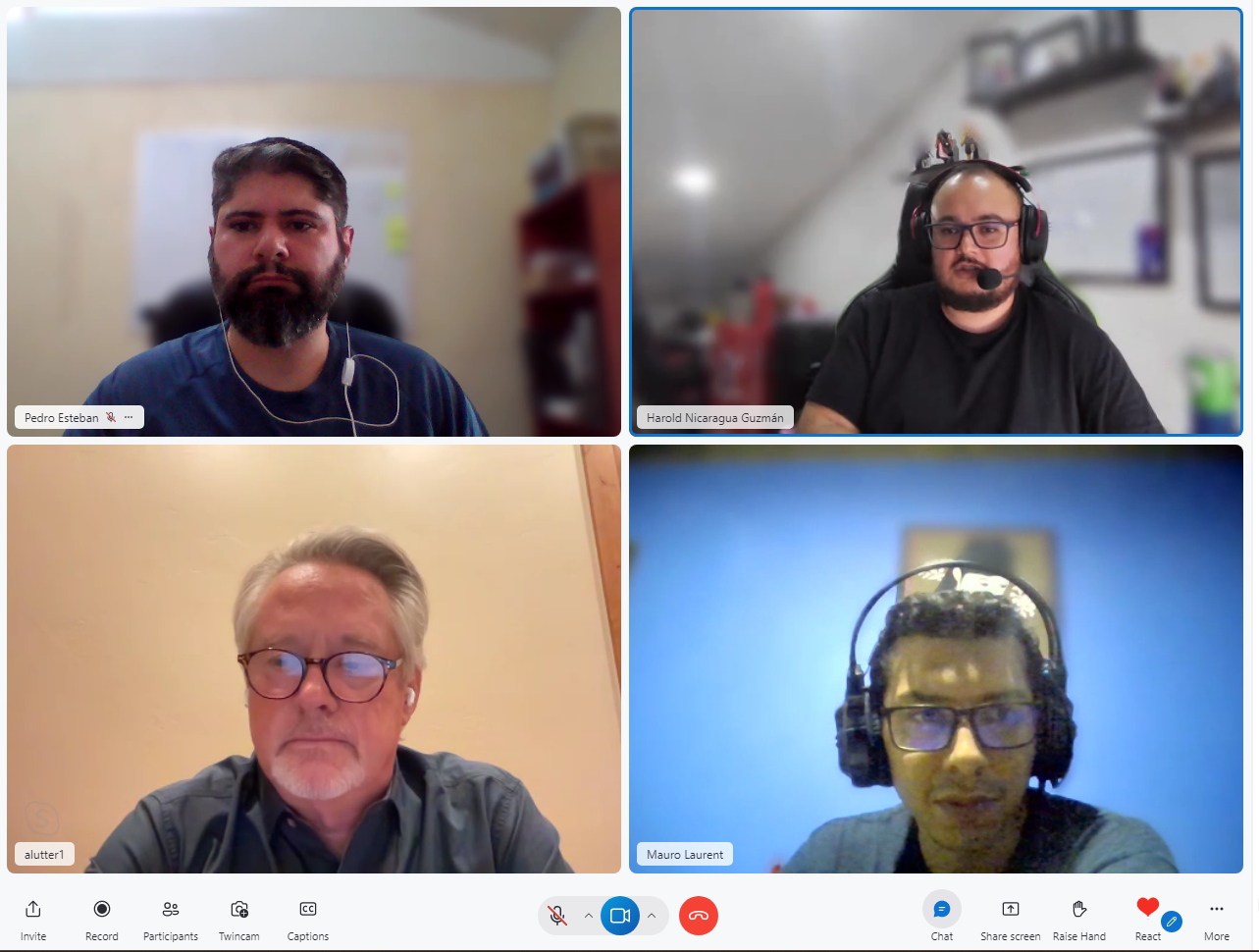
6.3. A Full-Service Modernization Partner
At Near Coding, we don’t just provide bodies, we deliver outcomes. Our teams include:
Senior .NET developers and architects with enterprise experience
QA engineers specialized in automation for legacy-to-modern transitions
Scrum Masters and Agile delivery leads who keep projects on track
DevOps professionals who implement CI/CD pipelines and cloud-native deployment practices
All of this is delivered through our Nearshore Staff Augmentation and Nearshore Custom Software Development services, giving you on-demand access to highly specialized teams without the friction of internal hiring.
6.4. Seamless Integration with Your Agile Teams
Because we operate in near time zones, we can embed into your existing Agile practices and tools.
Whether you use Azure DevOps, Jira, GitHub, or Slack, our teams align with your culture and cadence, enabling real-time collaboration and accountability.
6.5. Built for Long-Term Success
Unlike one-off vendors, Near Coding builds long-term modernization strategies that evolve with your business. From refactoring legacy monoliths to implementing microservices, API gateways, and cloud-first platforms, we support your transformation at every level.
And when modernization is complete? We stay with you—enhancing, maintaining, and evolving your software as part of a continuous delivery pipeline.
8. Conclusion: Don’t Just Upgrade—Future-Proof Your Business
Legacy system modernization is not simply a technical refresh, it’s a strategic opportunity. While many organizations approach it as a necessary upgrade, the real value lies in using modernization as a launchpad for long-term business agility, innovation, and scalability.
To do that, you need more than the right technology. You need the right strategy, the right methodology, and the right team.
.NET remains one of the most powerful and adaptable platforms for modernizing legacy applications. It supports incremental migration, integrates easily with cloud-native services, and scales effortlessly across modern architectures. But .NET alone is not enough. The success of any modernization effort depends on how it’s delivered, and by whom.
That’s where Nearshore Software Development gives forward-thinking organizations a clear advantage. By working with teams in compatible time zones who speak your language—literally and technically—you gain faster delivery, stronger collaboration, and reduced project risk.
Through Nearshore Staff Augmentation, you can immediately access senior-level .NET engineers, architects, and QA professionals who are experienced in navigating the complexities of legacy codebases. And with Nearshore Custom Software Development, you’re not just outsourcing tasks, you’re extending your team with proven experts who deliver real, measurable results.
At Near Coding, we’ve spent over a decade helping companies modernize mission-critical systems without halting operations or compromising quality. We understand that modernization is not a one-time event, it’s a continuous journey toward flexibility, innovation, and growth.
If you’re ready to move beyond outdated systems and future-proof your business, don’t just upgrade.
Modernize with intent. Execute with precision. And partner with the nearshore team that knows how to deliver.
Let’s build what’s next, together.
Let's talk about your next project
Near Coding
Nearshore Software Services Partner
Service oriented, cost-effective, reliable and well-timed specialized in Software Development and located in Costa Rica
